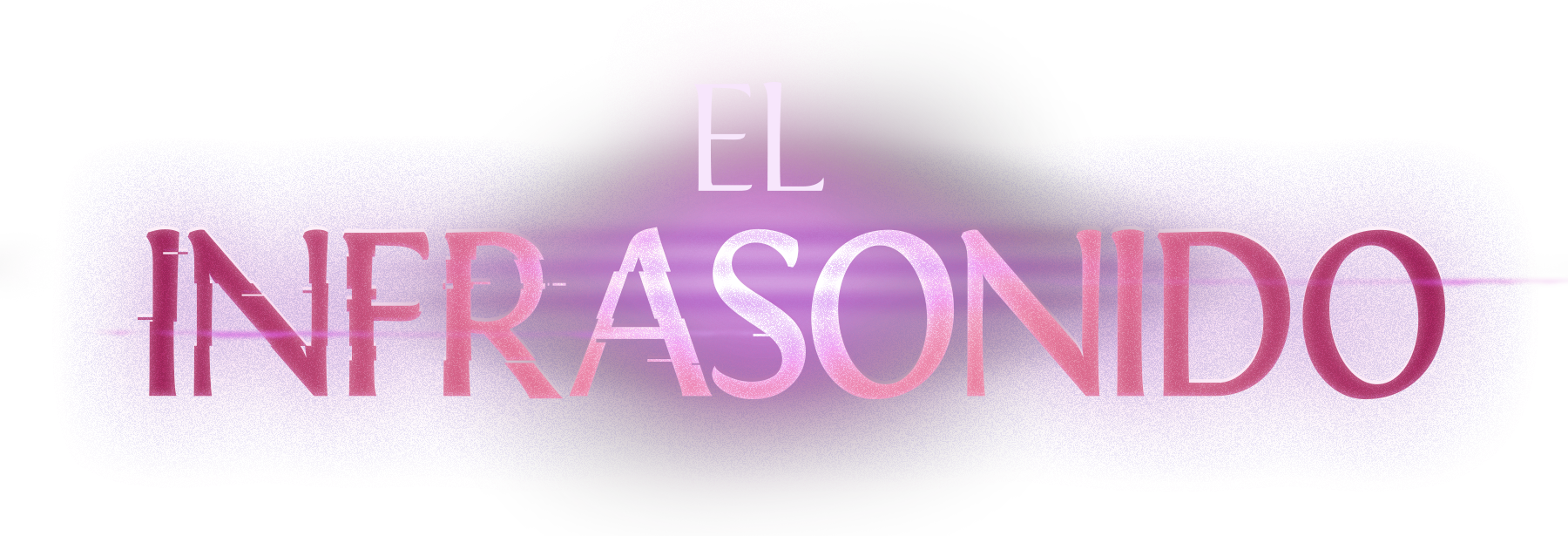Long before a business even starts selling, transacting or doing business with its customers it must establish and maintain trusted relationships with the various businesses they rely on and do business with within their supply chain. It takes time and effort to establish these relationships. The digital age demands to establish these relationships in a manner that is reliable and efficient for all participants. Modern business integration, in its most basic form, assists in this by connecting applications and systems to automate workflows and improve visibility.
It also improves collaboration and increases operational agility. It allows businesses to swiftly adapt to changes in market conditions and reduces costs. The most effective business integration strategies are created in a holistic fashion that takes into account the needs of both the IT department and the business. This is why the key to success is an effective integration management office (IMO).
A complete approach to modern integration of business processes involves identifying the process that needs to be integrated. It also includes designing the integration strategy, creating necessary integration components and testing in a controlled setting, and deployment, monitoring and optimizing. This strategy can aid in bridging the gap between IT goals, and business goals, through coordinating resources and standardizing data and enhancing collaboration. Companies can stay competitive in the fast-paced and interconnected world of today.
When choosing a business integration solution, it’s crucial to consider the long-term impact of growth. For instance, if an organization’s order volume increases dramatically within an extremely short time, the current integration solution may not be the best fit for future needs. To avoid this problem it’s a good idea to work with an entity that offers an adaptable solution which can easily handle any increase in transaction volumes.























